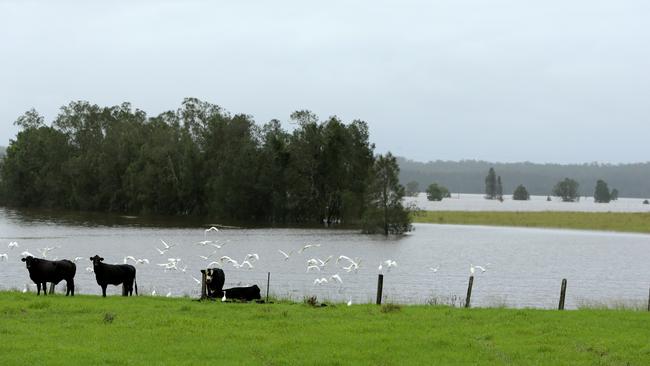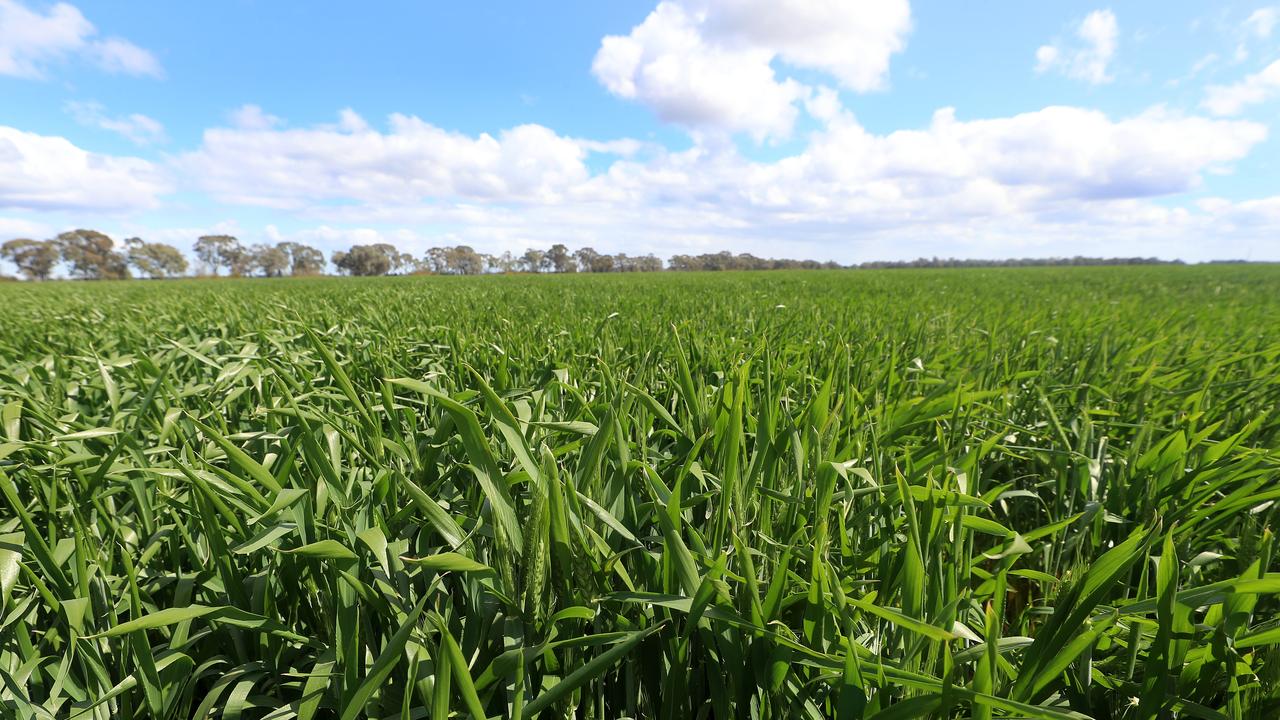Hay, grain prices: Rural weather forecast means obvious concerns Hay, grain prices: Rural weather forecast means obvious concerns
What does the current — and upcoming — downpour mean for hay and grain quality and prices?

HAY TALK:
The weather concerns for hay makers are obvious this season, but there are several reasons for hay growers to be optimistic.
Potential flooding of river systems of eastern Australia may complicate grazing paddocks on lower lying country.
Minor flood warnings have been issued across Victoria including those for the Snowy, Loddon, Avoca Kiewa, Bemm, Cann and Genoa rivers. The threat of flooding may increase if reservoirs exceed their capacity.

Reservoir capacity is currently listed at 93 per cent for Eildon, 97.5 per cent for Hume and 100.9 per cent for Dartmouth.
Other pastures will be threatened if the banks of local creeks burst, and water flows overland.
Dairy farmers in West Gippsland have been thankful for the drier weather in the 10 days of September.
Some silage production has begun close to Pakenham, but most silage won’t be ready before the end of October when farmers hope paddocks will be drier and able to support the machinery needed for pit silage.
Satellite imagery from the US shows that the longer days and warmer weather have been improving the vegetative health of pastures and crops in the past month.
One exception to this has been North East Victoria, where the health of pastures has declined.
Stock in the Benalla area are being isolated and supplementary fed in sacrifice paddocks to allow pastures in other paddocks to recover.
Paddocks are also destocked to conserve growth for silage production when soils can withstand the weight of heavy machinery.
Graziers in northern Victoria and southern and central NSW are not looking forward to the 50 to 100mm of rain that is forecast this week.
These falls will not support higher fodder production as soil profiles are already full.
On the flip side, the season has supported high biomass in the broadacre cropping areas.
While the prospects for cutting vetch paddocks for hay are slipping by, oaten hay crops are big this season and yields as high as eight tonnes a hectare are expected in the Mallee and north-central areas.

Quality for this hay is not expected to be high, but this could suit some hay exporters.
Hay buyers in north Asia have been hit with expensive hay from the US this year.
Low carry-in stocks of hay from last season meant competition for new season’s hay from US hay exporters was stronger this year.
Accordingly, global buyers are looking for lower cost, mid to low grade hay, which is the type many Australian oaten hay growers will have plenty of this year.
Australian hay exporters are still restricted from the Chinese market, one of the largest in the world, but hay exporters outside the US are enjoying favourable exchange rates.
The Australian and Canadian exchange rates against the US have been falling and the Aussie dollar has fallen US7c in the past seven weeks.
RAIN TALK:
How much more rain can crops manage?
This is a question that many grain growers are asking as another major rain event of 50 to 100mm is expected to blanket northern Victoria and NSW this week.
Further rain will impact crops several ways. The rain will further limit the ability of some growers to spray late crops with fungicides as paddocks are too wet for tractors and
aircraft are fully committed.
For other crops in heavy soils, the rain will further challenge yields as crops are already showing signs of water logging and crops need dry weather to recover.
These issues are weighing on grower’s minds.
According to traders, the level of forward sales this season is well down on normal.
Growers are concerned that the weather may either reduce crop yields during the remaining growing season or reduce quality at harvest or both.

Multi-grade contracts offer growers the flexibility of committing a fixed tonnage of wheat or barley within an array of set grades and price spreads.
Growers find the most concerning aspect of multigrade contracts this season is the alarmingly large discount for Australian General Purpose wheat under the Australian Premium White wheat benchmark price.
The price discounts accounts for the prevailing markets of feed grains and milling wheat as well as the anticipated volumes of lower grades that may be expected during each season.
Currently this discount is as high as $130 a tonne or a low as $70 but is quoted at $100 a tonne by many traders.
These discounts are not attractive to many growers, and they hope that the lower grade discounts can be more competitive at or after harvest.
Analysis of the last 10 years shows that $100 a tonne is a steep discount as the average discount for AGP below APW has been $32.50 a tonne.
Analysis of the foreword contract price for AGP within multigrade contracts in the first week of October over the last 10 years shows that current AGP price is a decile 8 level or within the top 20 per cent of prices.
Our price tables reflect new crop prices for cereals and canola which show canola prices are up $45 a tonne to $788 a tonne, a seven-week high.
Wheat and barley prices are also higher as supply concerns have outweighed the market’s concerns of inflation and fears of global recession.
Russia’s annexation of a portion of Ukraine and the lack of demand from China for feed
grains are key issues impacting price direction for the approaching harvest.




